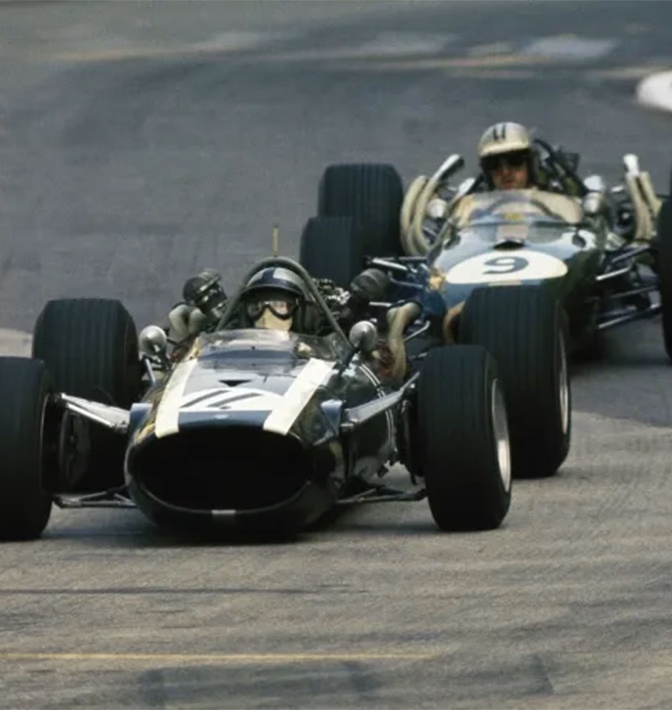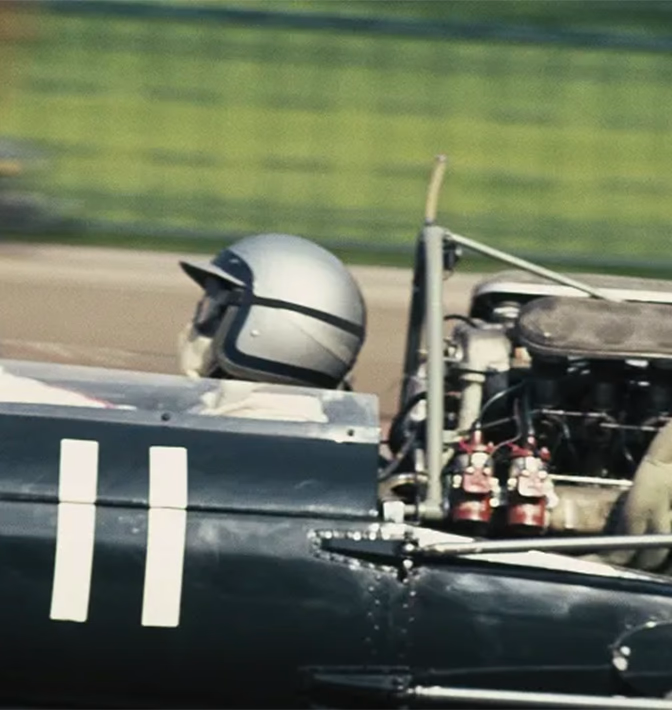Lenses on the legends
In 1967, the photographer Sture Lindvall documented the 25th Monaco Grand Prix in Monte Carlo. The result is an astonishing portrait of Formula One at its tipping point; 1967 was the last year before sponsorship was fully established and the world of Formula One was forever changed.
Project
Two Days in Montecarlo
Client
Richard Lindvall
Assignment
Book Design
Grit and glamour

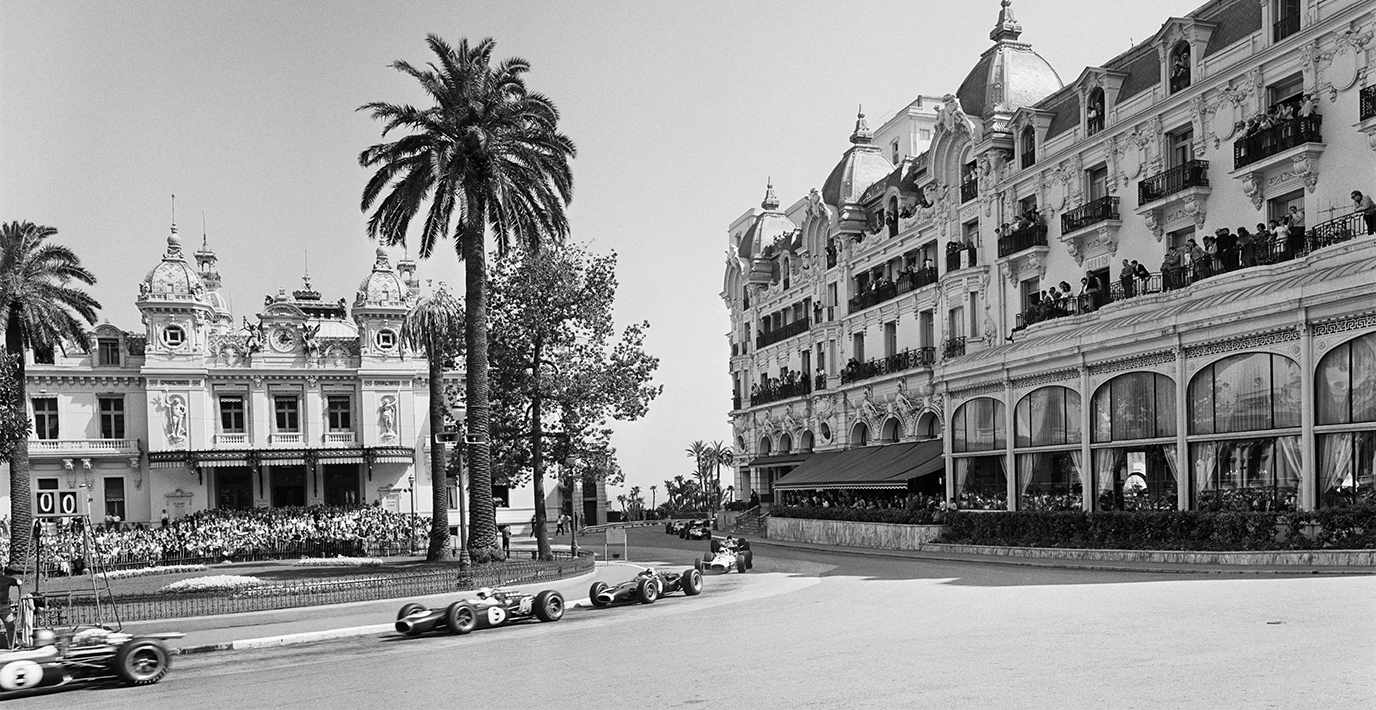
The book Two days in Monte Carlo captures the thrills and the drama of the event. It provides a glimpse of the glamour and the beautiful people surrounding the legendary circuit and shows that Formula One is not only about the big teams and the dollars at stake, but also about the passion for the sport.
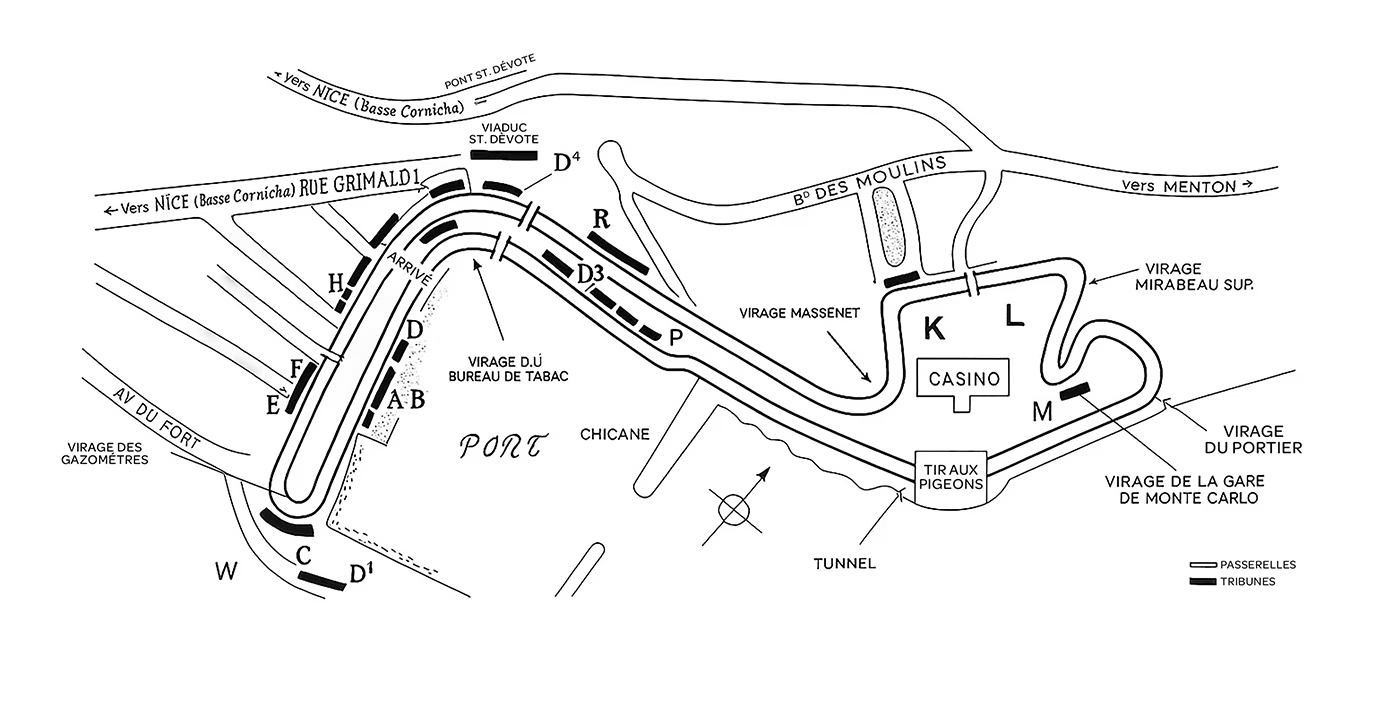
A legacy reborn
For many years, Sture Lindvall’s unique photos were hidden away until rediscovered by the photographer’s son, Richard Lindvall. Richard revisitedthis exciting era of the Grand Prix, captured through the lens of his father’s camera, and brought it back to life.Together with Neumeister, he created a book that not only revives his father’s legacy but also immortalizes an iconic moment in motorsport history.

With an incredible collection of images, the photos are front and centre in the design: full-page and spread layouts let them reveal their full impact.
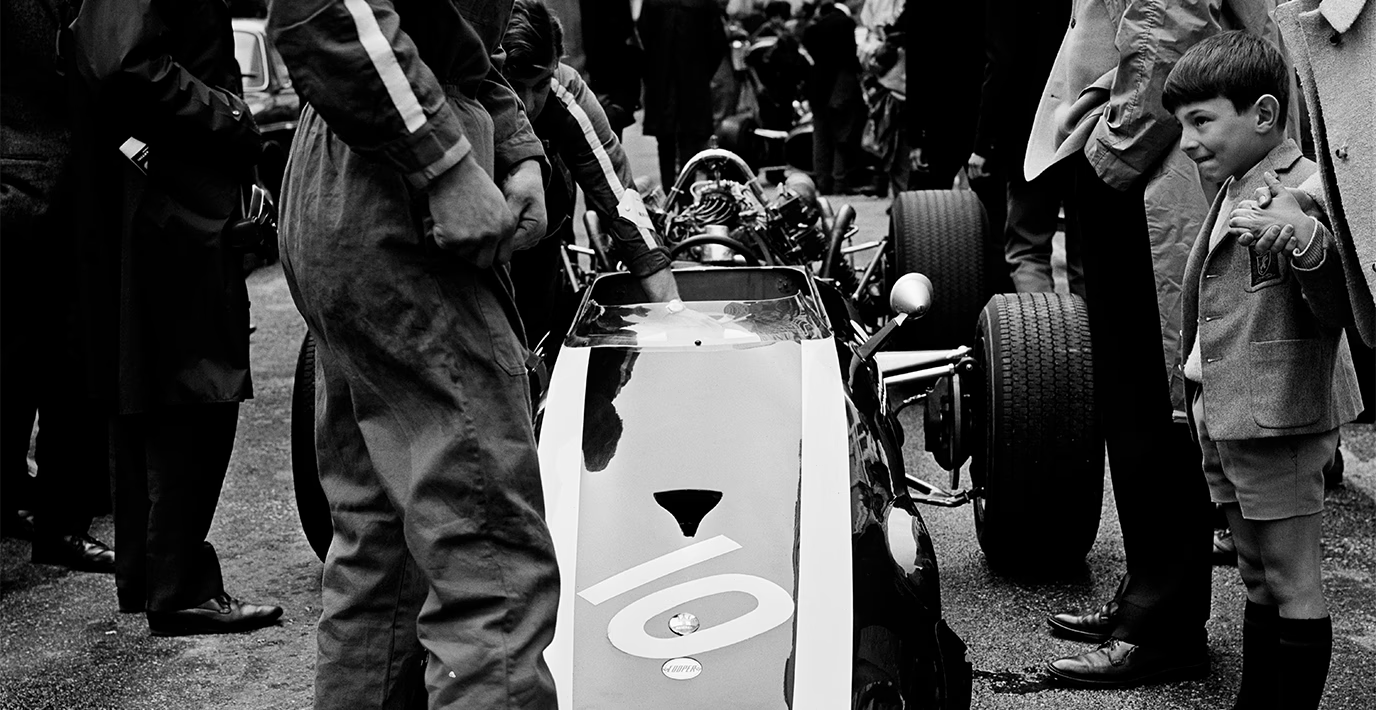
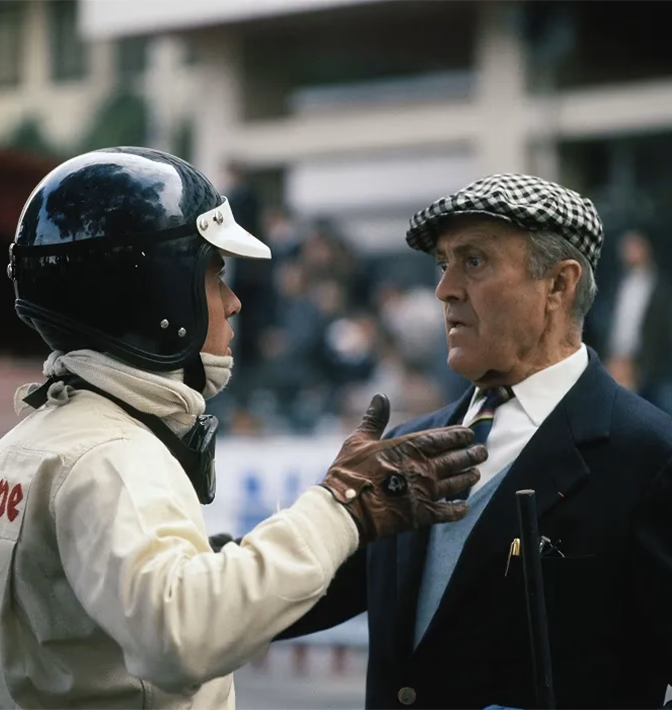

A moment of tragedy
At the entry to the harbour chicane on the 82nd lap, Lorenzo Bandini lost control of his open-wheel 312 and crashed. Three days later, he succumbed to his injuries at the Princess Grace Polyclinic Hospital in Monte Carlo.
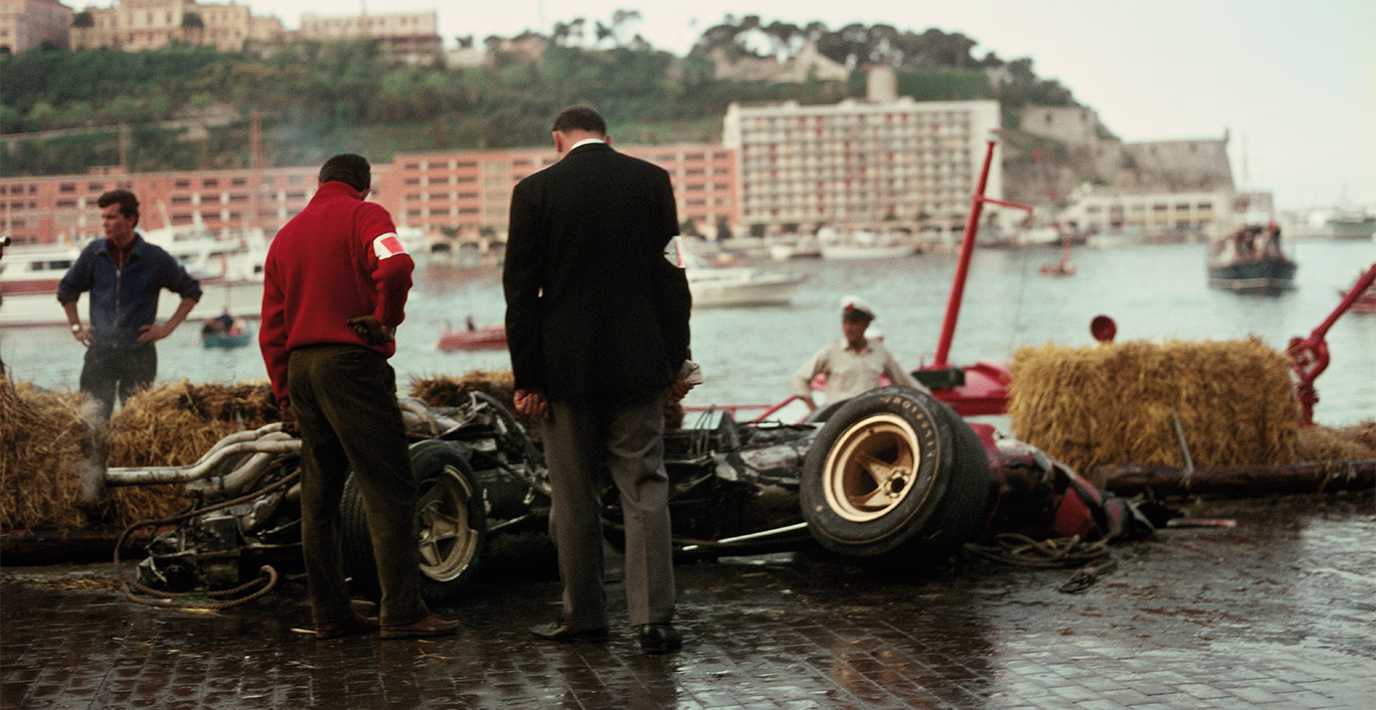
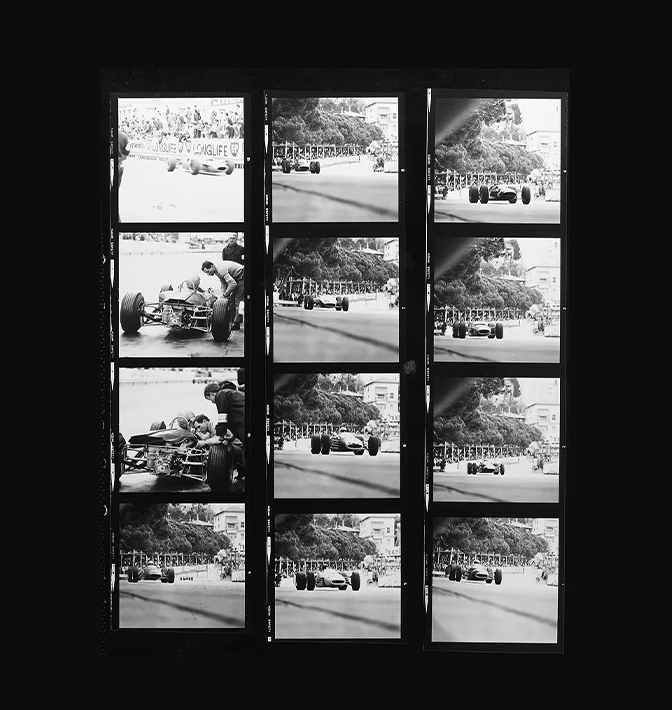
Behind the shot
More than a documentation of the race itself, ‘Two Days in Monte Carlo’ offers a rare look at the photographer’s process. The inclusion of original contact sheets reveals the raw material behind the final selections – moments of hesitation, experimentation, and instinct. It’s a tribute not only to what was captured, but to how it was captured.

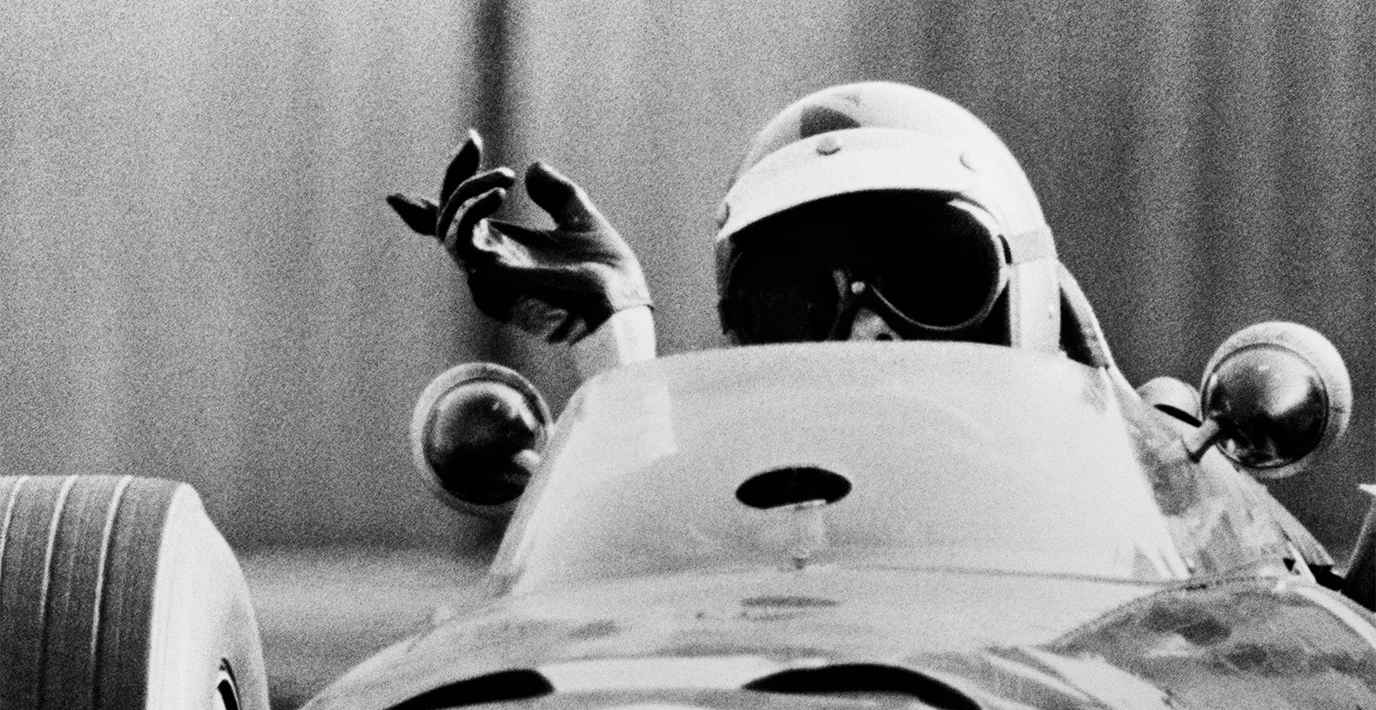

Printed on Munken
‘Two Days in Monte Carlo’ is printed on Munken Polar Rough 150 g, a paper that enhances the depth and richness of the blacks in the images. The book was printed by Göteborgs tryckeriet using a custom black-on-black technique that gives the monochrome images their striking depth and definition.
